Our Office: 4100 32nd Ave. S. Fargo, ND 58104
Energy & Environment
The resource portfolio of Minnkota Power Cooperative, CCEC’s power supplier, is fueled by a diverse energy supply of North Dakota homegrown energy.
We know that an all-of-the-above energy strategy will continue to provide responsible, affordable, and reliable energy. Renewable resources are an essential piece of our generation mix. Still, they are only a piece of the puzzle. Our baseload lignite coal generation remains a vital resource to ensure that we meet our mission "to serve our members' energy needs with affordable and reliable electricity." The most realistic way to plan for a reliable and robust energy future is to find the right balance of all our resources.
Lignite Coal
Coal accounts for 58% of Minnkota's power generation, and it has two key sites: the Milton R. Young Station and the Coyote Station. The Young Station, near Center, N.D., includes two lignite coal units: Young 1 (250,000 kW capacity, operational since 1970) and Young 2 (455,000 kW, operational since 1977). An abundant, low-cost coal supply from the nearby Center Mine, owned and operated by BNI Coal, has played a vital role in the plant's success.
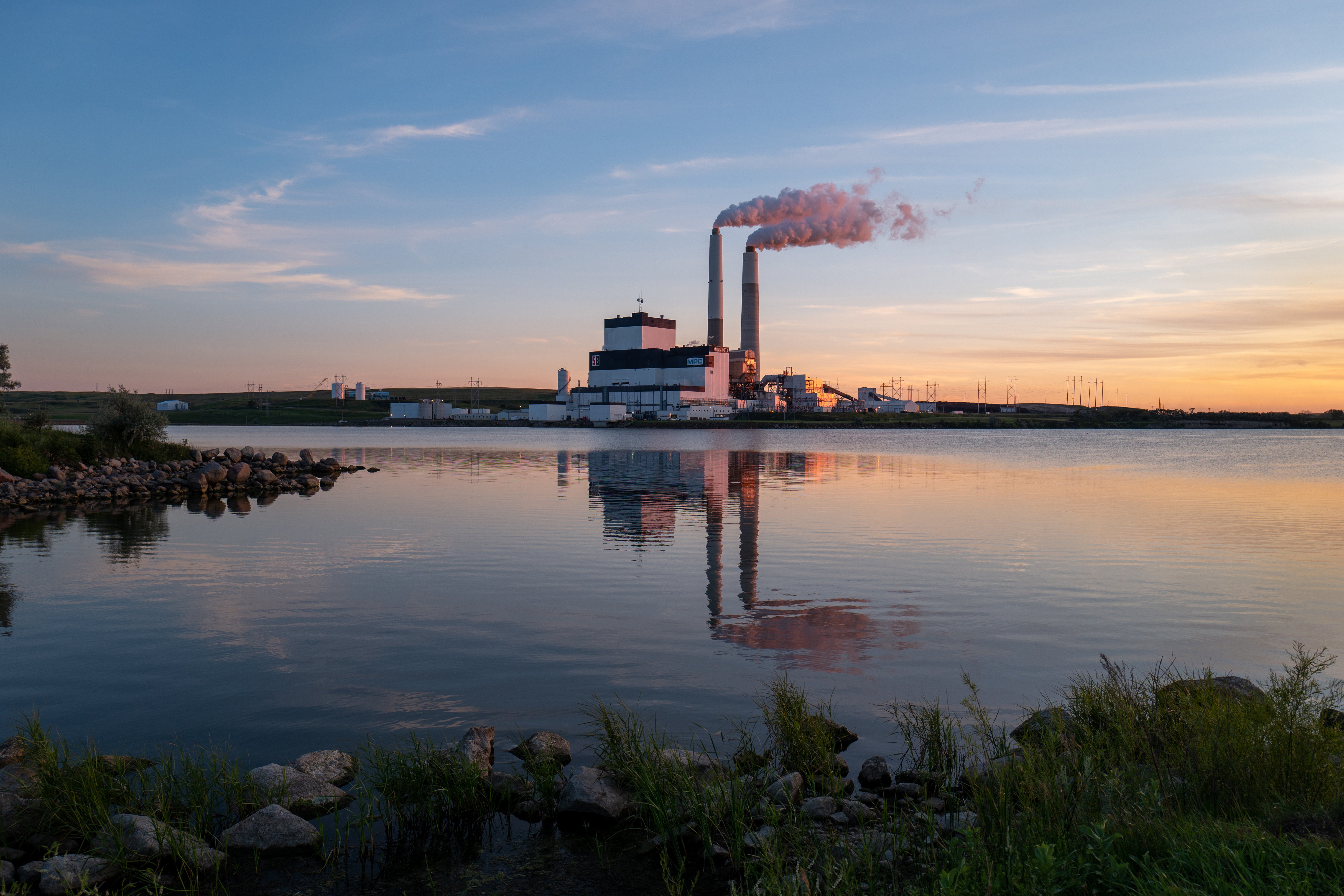
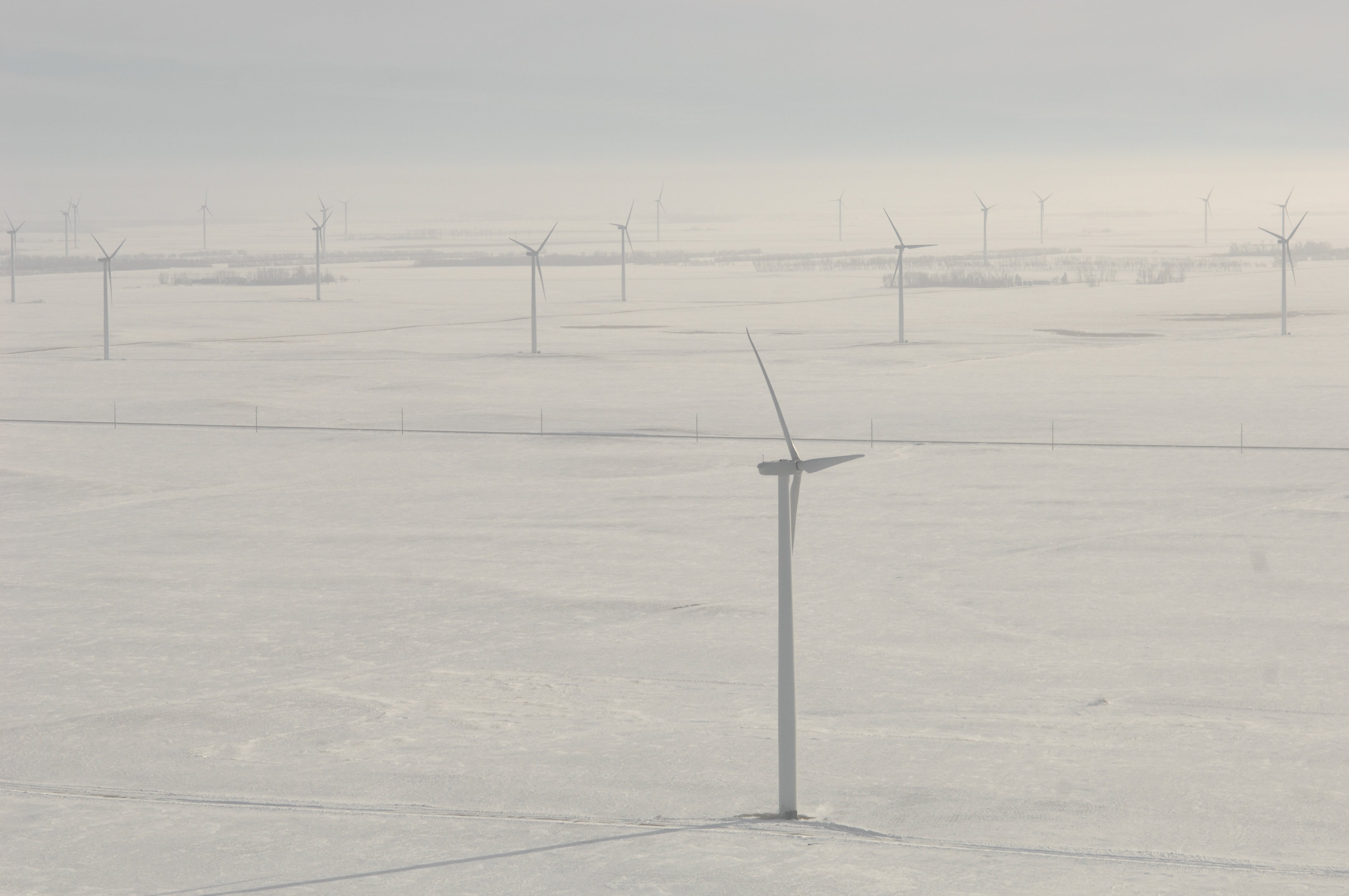
Wind
Minnkota and its members lead North Dakota wind energy, with 33% of their capacity from wind. The first commercial wind turbines in North Dakota were built through Minnkota’s Infinity Renewable Energy Program near Petersburg and Valley City. This success spurred further wind development. Now, Minnkota partners with NextEra Energy Resources to purchase wind power from turbines near Langdon, Valley City, and Center, with a total generating capacity of 457 MW.
Hydro
A portion (7%) of Minnkota's power is generated from Garrison Dam, an earth-fill embankment dam on the Missouri River in central North Dakota. Construction on the dam began in 1947 and was completed in 1954. The dam includes five electric generating units with a collective capacity of 583,300 kW.
The electricity generated by the Garrison Dam is marketed through the Western Area Power Administration (WAPA). WAPA is one of four power-marketing administrations within the U.S. Department of Energy. Minnkota has been purchasing Garrison Dam power from WAPA since 1955. Currently, Minnkota has an allotment of energy from the project equivalent to approximately 109,000 kW.
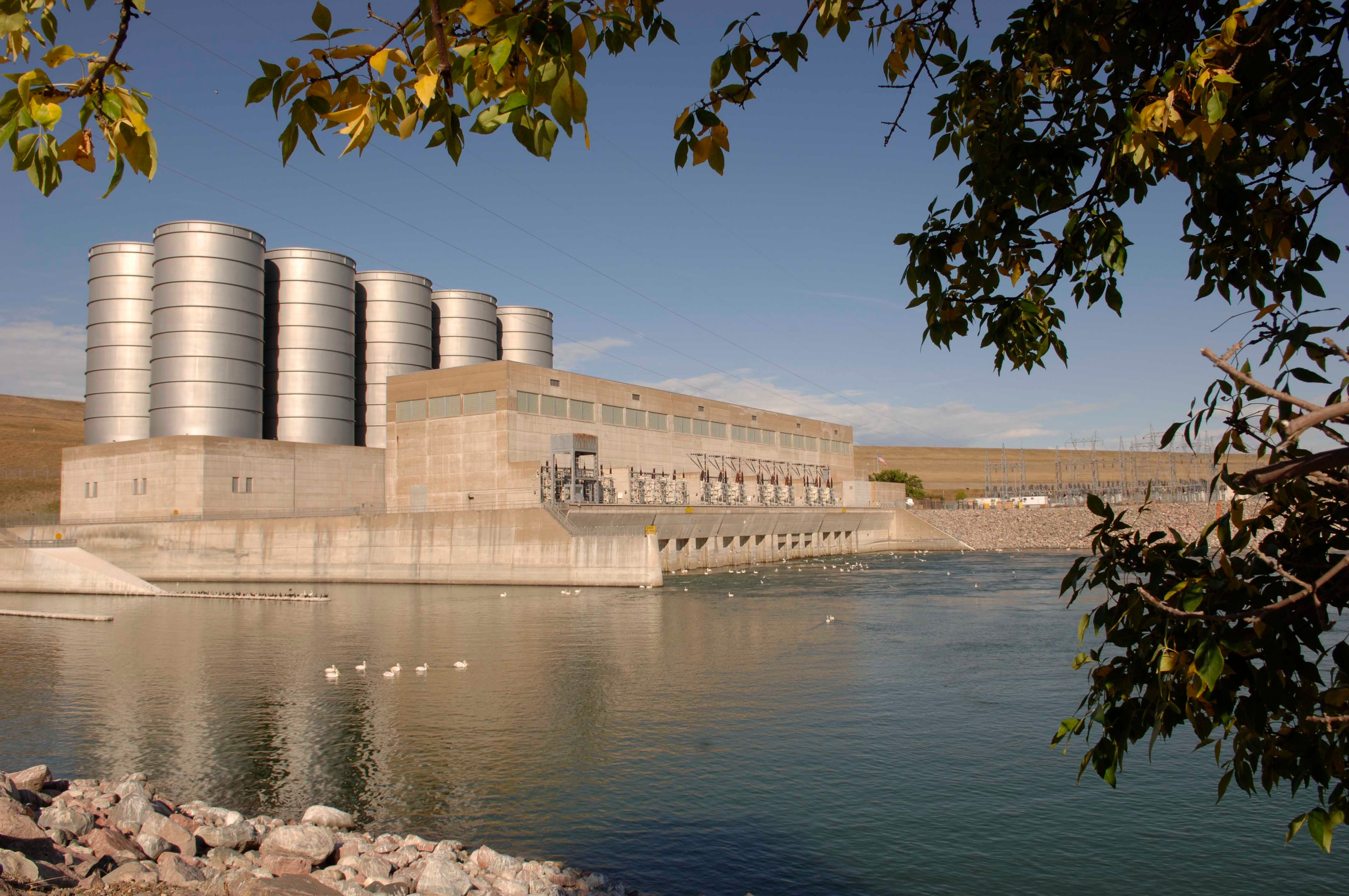
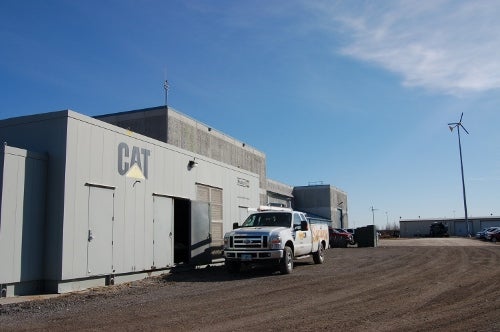
Biomass
CCEC is a partner in a methane generation project at the City of Fargo landfill. The City of Fargo worked with CCEC staff to install a 900-kW Caterpillar Genset that utilizes methane from the landfill. Energy from the generator is distributed back to the electrical grid via CCEC distribution lines and is purchased by our power supplier, Minnkota Power Cooperative. The city captures waste heat from the generator to heat the garbage baling facility. While the system has great merit, opportunities to increase this area of energy are limited because we have very few methane-producing enterprises in our area.
Prairie Sun Community Solar
CCEC is a partner in a methane generation project at the City of Fargo landfill. The City of Fargo worked with CCEC staff to install a 900-kW Caterpillar Genset that utilizes methane from the landfill. Energy from the generator is distributed back to the electrical grid via CCEC distribution lines and is purchased by our power supplier, Minnkota Power Cooperative. The city captures waste heat from the generator to heat the garbage baling facility. While the system has great merit, opportunities to increase this area of energy are limited because we have very few methane-producing enterprises in our area.
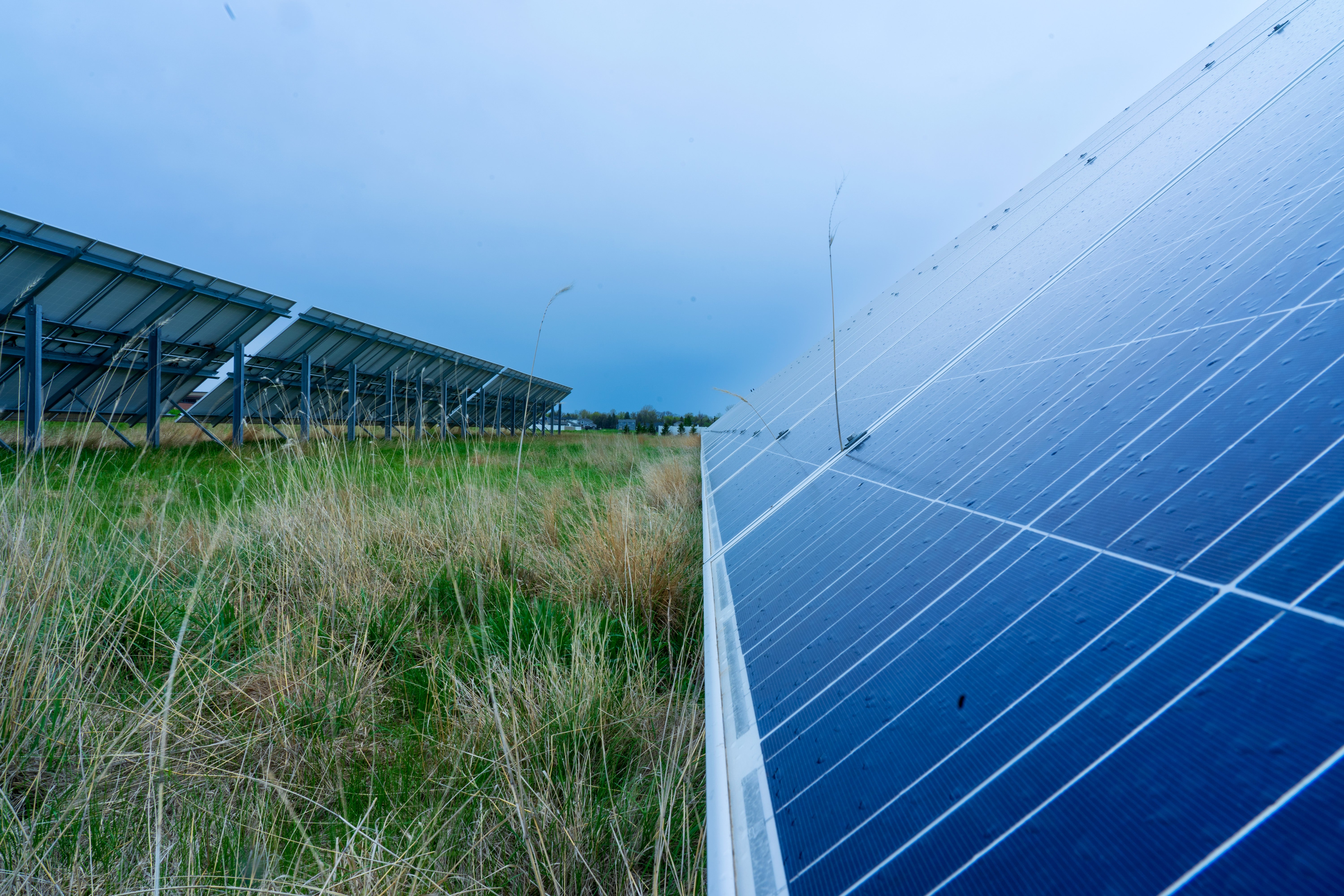
Infinity Renewable Energy Program
We support your renewable energy goals through the Infinity program, which lets members choose how much of their electricity comes from renewable sources. Started in 2002, it helped develop North Dakota’s first commercial wind turbines. By enrolling, consumers can select a specific number of kilowatt-hours or percentage of electricity from renewables. While energy can't be directed on the grid, renewable energy credits (RECs) ensure the energy purchased is from a source connected to Minnkota's transmission system.
Emissions Data
Minnkota Power Cooperative monitors and provides emission reports to the North Dakota Department of Health and the Environmental Protection Agency and continues researching, investing in, and installing emissions control technology to reduce emissions. Thanks to these investments, Minnkota currently meets or exceeds all state and federal regulations on coal emissions. The following graphs are based on reports filed by Minnkota and show Cass County Electric Cooperative's share of the emissions based on kWh sales. As the charts indicate, emissions per kWh have trended down over the last decade.


